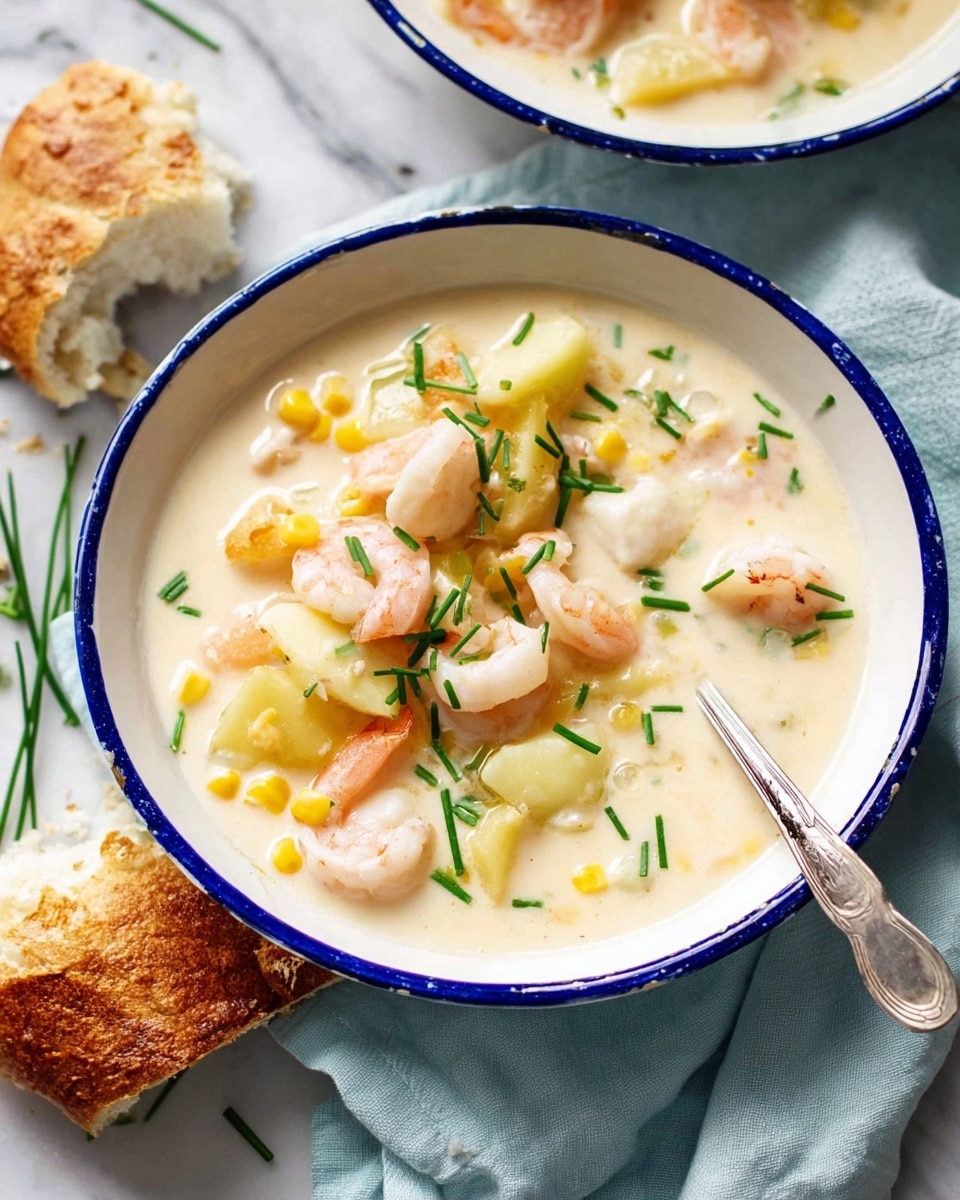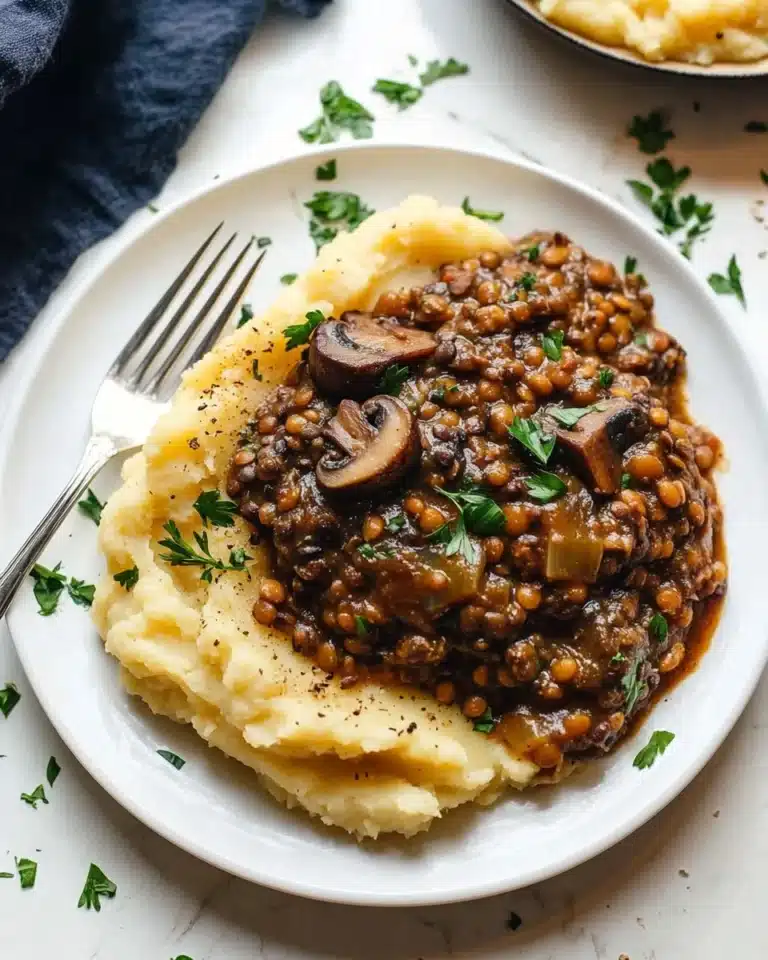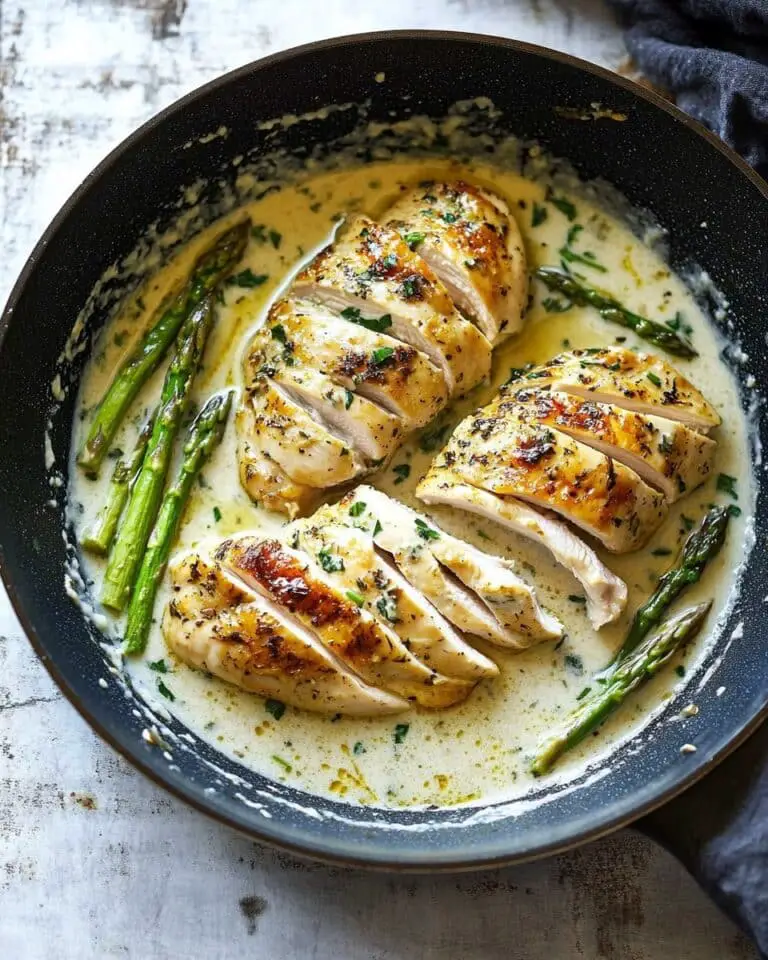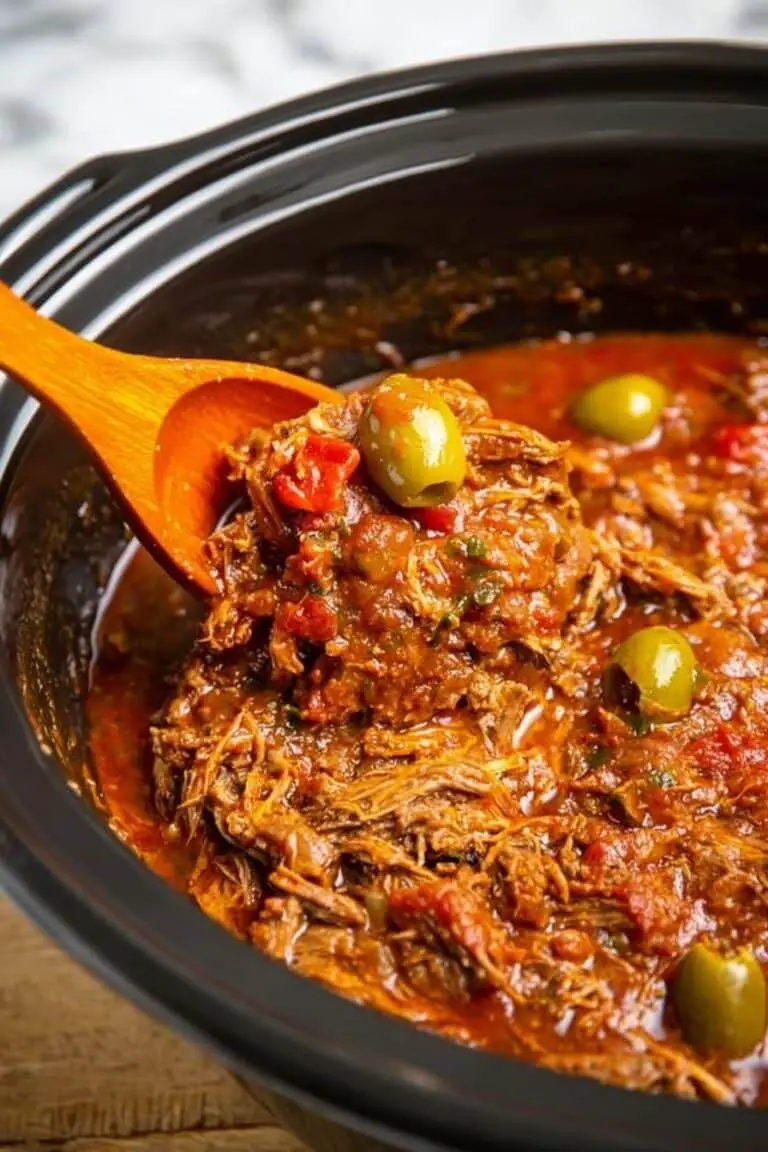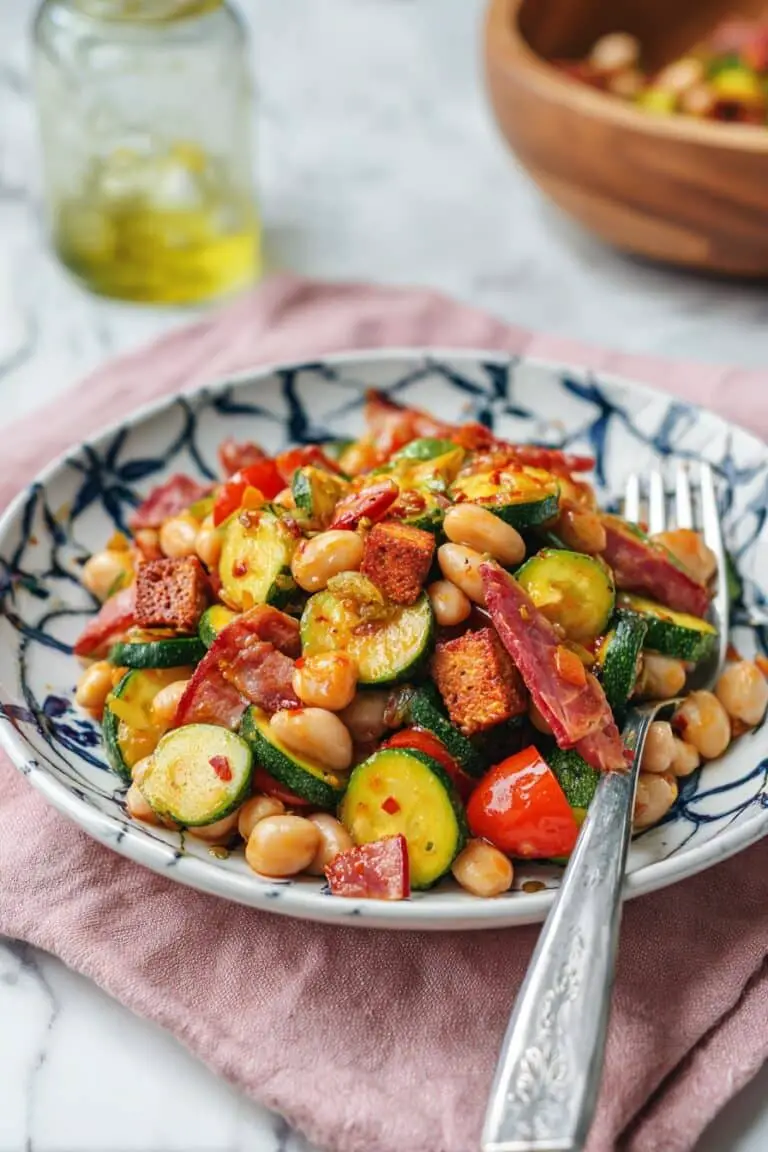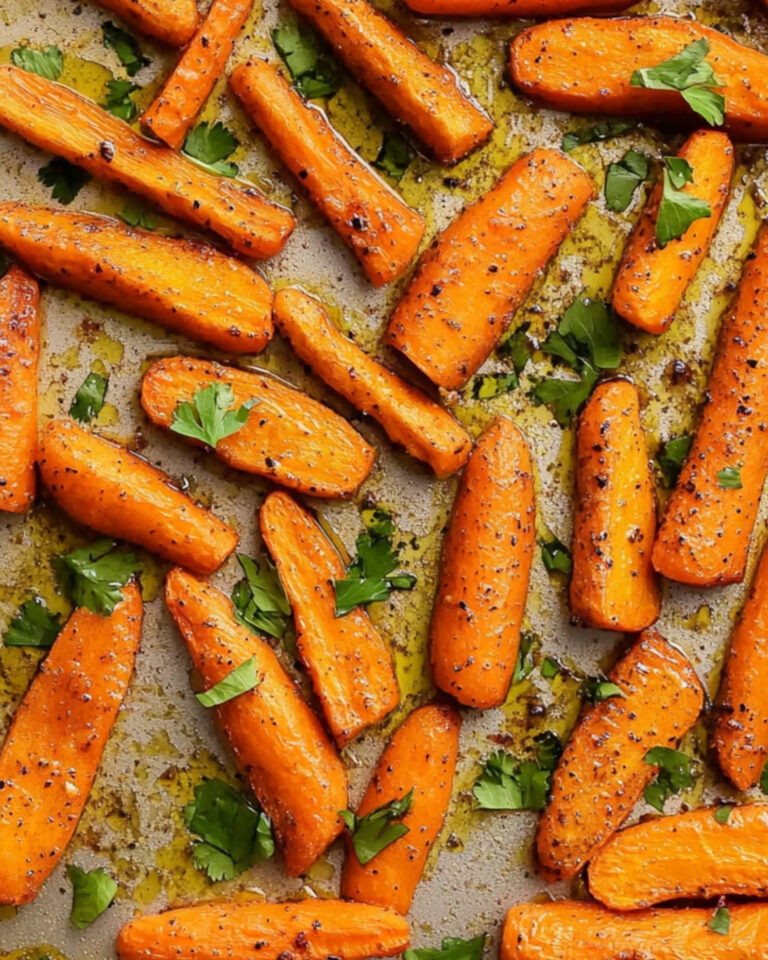Whenever I’m craving something warm, cozy, and utterly satisfying, this Seafood Chowder Recipe is my go-to comfort food. There’s just something magical about the creamy broth brimming with tender chunks of fish, juicy prawns, and briny mussels that makes every spoonful feel like a hug on a chilly day. I love that it’s both hearty enough to feel like a full meal, yet light enough to leave you feeling nourished without heaviness.
This seafood chowder really shines when you want to impress your family or friends without spending hours in the kitchen. It’s great for weekend dinners or those special evenings when you want to bring a bit of seaside charm indoors. Once you try this Seafood Chowder Recipe, you’ll see why it’s become a favorite in my kitchen and, hopefully, will be one in yours too!
Why You’ll Love This Recipe
- Rich, Creamy Flavor: The blend of butter, cream, and a splash of wine creates a velvety base that perfectly complements the seafood.
- Easy Yet Impressive: Despite sounding fancy, this chowder comes together quickly and will wow anyone at your table.
- Flexible Ingredients: You can use either store-bought seafood mixes or fresh catch—whatever suits your mood or availability.
- Comfort Food Classic: This Seafood Chowder Recipe brings a touch of nostalgia and warmth that’s perfect year-round.
Ingredients You’ll Need
Each ingredient in this Seafood Chowder Recipe plays its part to build layers of flavor and texture. I find the combination of fresh seafood, smoky bacon, and creamy broth works beautifully for that well-rounded chowder experience. Here’s the lowdown on what to watch for when picking your ingredients.
- Seafood marinara mix: This is a convenient combo of fish, squid, prawns, and cooked mussels—perfect if you want all the seafood goodness without the fuss of buying separately.
- Unsalted butter: Essential for creating that rich roux and giving the chowder a silky base without adding extra salt.
- Streaky bacon: Adds smoky depth and a bit of savory crunch; don’t skip it, even though it’s just a small amount!
- Garlic: Finely minced so it melts into the dish without overpowering the seafood flavors.
- Dry white wine (optional): I like chardonnay here—it brightens up the flavor, but if you’d prefer to skip the alcohol, no worries at all.
- All-purpose flour: Helps thicken your broth into that perfect creamy texture; I share a gluten-free tip below too.
- Chicken or homemade fish stock: Trust me on this one—store-bought fish stock often tastes off, so chicken stock is a better base for true flavor harmony.
- Carrots and potatoes: These root veggies add sweetness and body; cut them into bite-sized pieces for even cooking.
- Thickened cream: Makes the chowder luxuriously creamy; you can swap in milk for a lighter option but expect less richness.
- Corn kernels: A little pop of sweetness and crunch that brightens the chowder perfectly.
- Fish sauce: Just a splash to amp up the umami without tasting fishy, adding depth to every spoonful.
- White pepper: Gentle heat and subtle spice, but black pepper works if that’s what you have on hand.
Variations
I’ve played around with this Seafood Chowder Recipe a bunch, and I encourage you to make it your own! Whether you need a gluten-free version, want to swap in different seafood, or even lighten it up, there’s lots of room to customize here.
- Gluten-Free: I discovered this trick of skipping the flour roux and using a cornflour slurry mixed into the cream instead—it works like a charm and keeps the chowder perfectly creamy.
- Seafood Choice: Sometimes I’ll use fresh catch from the market; other times, I rely on the frozen seafood marinara mix for convenience—both yield delicious results!
- Lighten It Up: Using milk instead of cream cuts back calories without sacrificing too much richness. I often do this when I’m cooking for a crowd.
- Extra Veggies: Adding celery or leeks is a great way to sneak in more flavor and texture if you’re wanting to bulk it up a bit.
How to Make Seafood Chowder Recipe
Step 1: Cook the Bacon and Build Your Base
Start by melting butter in a heavy-based pot over medium heat. Toss in the chopped streaky bacon and cook just until the edges turn golden—about 3 to 4 minutes. I like to remove the bacon with a slotted spoon and set it aside, keeping all that smoky, buttery fat in the pan. This fat is where your flavor journey begins, so don’t skip it!
Step 2: Infuse with Garlic and Wine
Quickly sauté the minced garlic in the bacon fat for about 10 seconds—just enough to unlock its aroma, but be careful not to let it brown or burn. Next, pour in the white wine and crank the heat up to high so it simmers rapidly for around 3 minutes. This helps deglaze the pan, loosening all those tasty bits stuck to the bottom. You’ll notice the wine’s mostly evaporates, leaving behind a concentrated flavor that brightens the chowder.
Step 3: Make the Roux and Add Stock
Turn the heat down to medium, then sprinkle in the flour. Stir constantly for about 1 minute—this is your roux forming, which will thicken the chowder wonderfully. Now, slowly pour in about 1 cup of the stock, stirring to dissolve the roux into a smooth paste. Keep adding the rest of the stock, whisking well to avoid lumps. A smooth base here is key for the perfect chowder texture, so take your time!
Step 4: Simmer the Veggies Together
Bring the mixture up to a boil, then add your chopped carrots, potatoes, and reserved bacon. Reduce heat to medium and let everything simmer for 10 to 12 minutes until the carrots are tender but still hold some bite. This step gives the chowder body and heartiness, so be patient and let those flavors meld.
Step 5: Add Cream, Corn, and the Seafood
Stir in the cream, corn kernels, fish sauce, and a pinch of white pepper—this turns your base creamy, sweet, and savory all at once. Now it’s time for the hero ingredients: add the raw seafood pieces and let everything simmer gently for about 3 minutes. The fish should just flake apart to indicate it’s perfectly cooked. If you’re using pre-cooked mussels or prawns, stir those in at the end so they warm through without becoming rubbery.
Give it a final taste and adjust seasoning with salt if needed—you might not even want it with the bacon and fish sauce doing such a good job! Serve it piping hot, sprinkled with fresh chives or parsley, and alongside crusty (or garlic) bread for dunking. Honestly, nothing beats that last bite soaked in chowder.
Pro Tips for Making Seafood Chowder Recipe
- Quality Seafood Matters: I’ve found that fresh or well-thawed seafood marinara mix really makes a flavor difference, so don’t rush this step.
- Avoid Overcooking: The seafood cooks quickly; keep a close eye in the last simmer to avoid rubbery textures.
- Balancing Flavors: Adding fish sauce is my secret umami booster—it layers flavor without making it taste fishy.
- Thickening Trick: Stir the flour roux vigorously into hot stock to prevent lumps and achieve that silky chowder consistency.
How to Serve Seafood Chowder Recipe
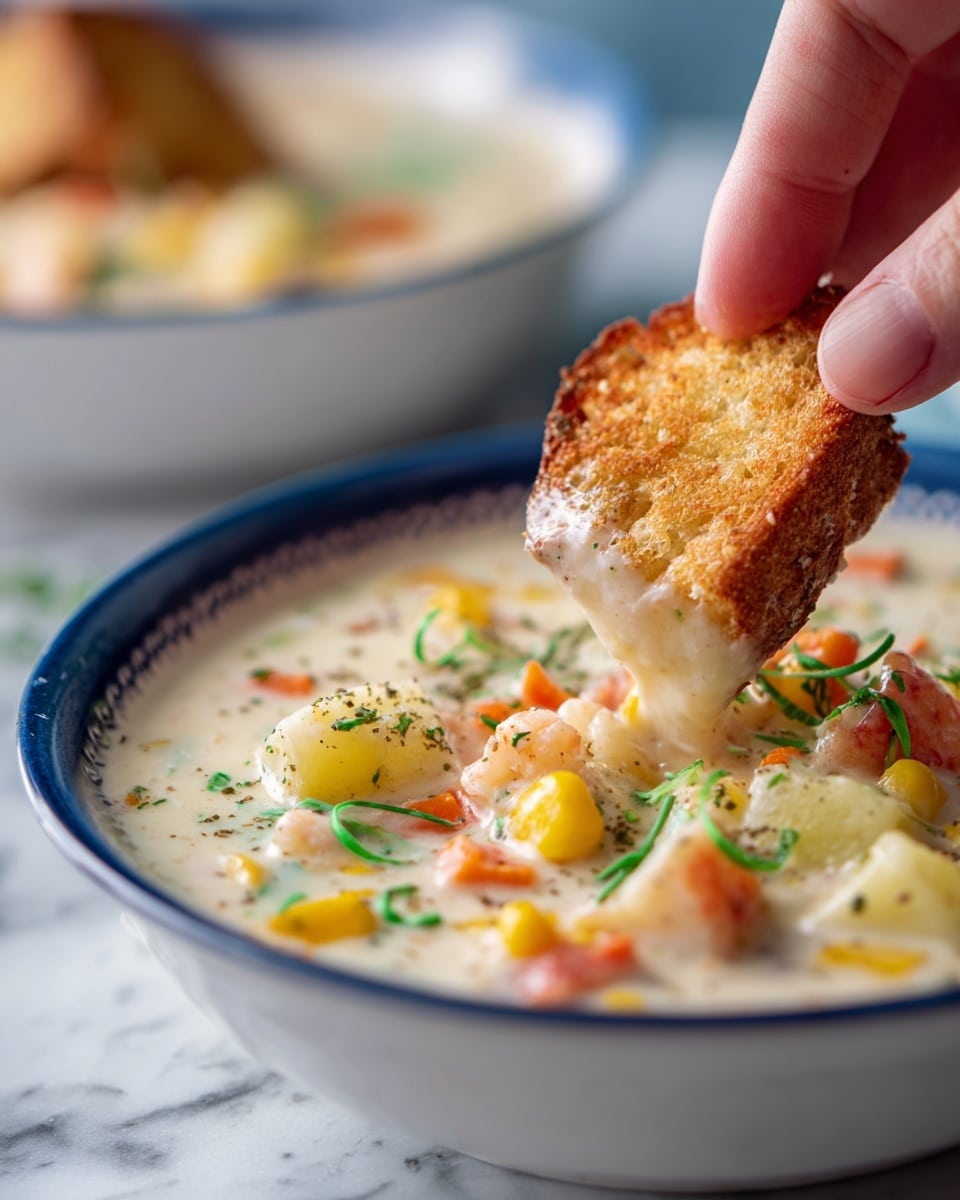
Garnishes
I always finish my seafood chowder with a generous sprinkle of finely chopped chives or fresh parsley. The mild oniony freshness cuts through the richness and livens up each bite beautifully. Sometimes, I even add a tiny squeeze of fresh lemon juice for a hint of brightness—it’s a game-changer!
Side Dishes
You can’t go wrong pairing this chowder with crusty bread or garlic bread—it’s perfect for dunking up every last bit. A simple green salad with a light vinaigrette also complements the creamy richness if you want something fresh on the side. When I serve this for company, I like a side of roasted asparagus or steamed green beans for a pop of color and crunch.
Creative Ways to Present
For special occasions, I’ve served this chowder in individual mini Dutch ovens or even hollowed-out sourdough bread bowls—it makes the meal feel extra special and cozy. Adding a sprinkle of smoked paprika or a drizzle of flavored olive oil on top gives it a gourmet finish that always gets compliments. If you’re feeling fancy, place a few whole grilled prawns on top for a beautiful garnish.
Make Ahead and Storage
Storing Leftovers
I store any leftover seafood chowder in airtight containers in the fridge for up to three days. When reheating, I do it gently over low heat to prevent the cream from breaking and the seafood from overcooking. Just stirring occasionally while warming keeps everything luscious and smooth.
Freezing
Freezing chowder can be a bit tricky due to the cream and seafood, but I’ve had success freezing it solid in freezer-safe containers for up to three months. When thawed slowly overnight in the fridge, the texture is surprisingly good. Just remember to reheat gently to avoid rubbery seafood.
Reheating
When I reheat the chowder, I always do it on the stovetop over low heat, stirring frequently to keep it from sticking or breaking. Avoid the microwave if you can, as it tends to unevenly heat and can toughen the seafood. Adding a splash of stock or cream while reheating can restore some creaminess if it feels a bit thick.
FAQs
-
Can I make this Seafood Chowder Recipe without alcohol?
Yes! You can simply skip the white wine, and the chowder will still be flavorful and rich. Some people replace it with a splash of extra stock or a bit of lemon juice for brightness.
-
What if I don’t have fish stock for the broth?
Great question! I actually prefer using chicken stock because many store-bought fish stocks taste artificial. Using good-quality low-sodium chicken stock keeps the flavor balanced and complements the seafood beautifully.
-
Can I use frozen seafood for this recipe?
Absolutely! Just be sure to thaw it thoroughly in the fridge overnight and drain any excess liquid to prevent your chowder from becoming watery.
-
How long does Seafood Chowder last in the fridge?
Stored in an airtight container, it stays good for up to three days. Reheat gently and avoid overcooking the seafood when warming leftovers.
-
Is there a gluten-free version of this Seafood Chowder Recipe?
Yes! Skip the flour roux and use a mixture of cornflour and water stirred into the cream to thicken the chowder without gluten.
Final Thoughts
This Seafood Chowder Recipe holds a special place in my heart because it’s one of those dishes that feels truly homemade and comforting, yet still impressive enough for guests. I hope you’ll enjoy making it and sharing it as much as I do, with all the tips I’ve gathered over countless batches. Whether you’re cozying up on a cold night or serving up something special for friends, this chowder delivers warm, satisfying flavor every time—give it a try, and I’m confident it’ll become a favorite in your recipe collection too!
Print
Seafood Chowder Recipe
- Prep Time: 20 minutes
- Cook Time: 20 minutes
- Total Time: 40 minutes
- Yield: 4 to 5 servings
- Category: Soup
- Method: Stovetop
- Cuisine: American
Description
This Seafood Chowder is a creamy, comforting dish filled with a delicious mix of seafood including fish, squid, prawns, and mussels, cooked in a rich broth made with bacon, garlic, white wine, and cream. Perfectly seasoned with fish sauce and white pepper, this chowder is served with fresh chives and crusty bread for a satisfying meal.
Ingredients
Seafood
- 650g (1.3lb) seafood marinara mix or mixed fresh seafood (fish, squid, prawns, cooked mussel meat)
- Separate cooked mussels from raw seafood, cut large fish into 2.5cm (1″) cubes
Main Base
- 50g (3 tbsp) unsalted butter
- 100g (4oz) streaky bacon, chopped into 1.5cm (1/2″) squares
- 2 cloves garlic, finely minced
- 1/2 cup chardonnay or other dry white wine (optional)
- 1/3 cup plain/all-purpose flour (substitute gluten-free with cornflour/cornstarch and water mixture)
- 1 litre (4 cups) low sodium chicken stock or homemade fish stock
- 2 medium carrots, peeled, cut into 7mm (1/3″) pieces (~1 1/2 cups)
- 2 large potatoes, peeled, cut into 1cm (0.2″) cubes (~2 1/2 cups)
- 1 cup thickened cream/heavy cream (can substitute milk for lighter option)
- 1 cup corn (frozen or canned, drained)
- 2 tsp fish sauce
- Pinch white pepper (can substitute black pepper)
Serving
- 3 tbsp chives or parsley, finely chopped
- Crusty bread or garlic bread
Instructions
- Prepare Seafood: Separate cooked seafood (usually mussels) from raw seafood. Cut any large fish pieces into 2.5cm (1″) cubes to ensure even cooking.
- Cook Bacon and Render Fat: In a heavy-based pot, melt butter over medium heat. Add the bacon and cook for 3-4 minutes until edges are lightly golden. Remove bacon with a slotted spoon into a bowl, leaving the rendered fat in the pot.
- Sauté Garlic and Deglaze: Add minced garlic to the pot and cook for about 10 seconds without browning. Pour in the white wine and simmer rapidly over high heat for 3 minutes, scraping the pot base to loosen browned bits until the wine mostly evaporates.
- Make Roux: Reduce heat to medium, add flour, and stir continuously for 1 minute to cook the flour and form a roux.
- Add Stock to Roux: Gradually pour about 1 cup of stock into the pot while stirring to dissolve the roux; it should thicken into a paste. Add the remaining stock and stir well to remove lumps, using a whisk if needed.
- Simmer Vegetables and Bacon: Turn heat to high, bring to a boil, then add carrots, potatoes, and cooked bacon. Lower heat to medium and simmer for 10-12 minutes until carrots are nearly tender.
- Add Cream, Corn, Fish Sauce, Pepper, and Raw Seafood: Stir in cream, corn, fish sauce, white pepper, and raw seafood. Simmer for 3 minutes until fish is just cooked and flakes easily.
- Incorporate Cooked Seafood: Gently stir in the cooked seafood pieces. Taste and adjust salt if necessary; no additional salt is often needed due to bacon and fish sauce.
- Serve: Ladle chowder into bowls, sprinkle with chopped chives or parsley, and serve immediately with warm crusty or garlic bread.
Notes
- Seafood Mix: Store-bought seafood marinara mix is ideal, typically containing a blend of fish, salmon, calamari, prawns, and cooked mussels. If frozen, thaw overnight in the fridge using a strainer.
- Chicken Stock Preference: Chicken stock is preferred over store-bought fish stock for better flavor; store-bought fish stocks often have an unpleasant taste.
- Gluten-Free Option: Omit the flour and instead mix 2.5 tbsp cornflour/cornstarch with water, combine with cream, then proceed as usual.
- Leftovers: Store in the fridge for up to 3 days or freeze for up to 3 months. To reheat, thaw overnight in the fridge and warm gently on the stove to avoid overcooking seafood.
- Cooking Tip: Avoid browning garlic to keep a delicate flavor and prevent bitterness.
Nutrition
- Serving Size: 1 bowl (approx. 350g)
- Calories: 420 kcal
- Sugar: 6 g
- Sodium: 580 mg
- Fat: 28 g
- Saturated Fat: 16 g
- Unsaturated Fat: 10 g
- Trans Fat: 0.3 g
- Carbohydrates: 18 g
- Fiber: 3 g
- Protein: 22 g
- Cholesterol: 110 mg

